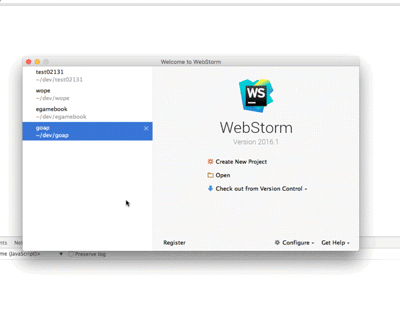| The Self-Improving Developer | ← → |
|---|---|
| You’ve taught yourself variables, classes, functions, objects. What next? | |
The ‘Hello World’ Fallacy
The way we present tech can lead to bad tech stack decisions
Here’s how you get most people excited about a new programming language, framework, or SDK: you show how it makes something simple even simpler.
The epitome of this is the ‘hello world’ program or the TODO app.
People get excited when you show them how to go from scratch to a simple app in five minutes. It’s effective. It’s easy to do. It’s cool. It can be jaw-dropping. But it’s also dishonest. I call it the ‘Hello World’ Fallacy.
The problem with it is hopefully obvious: most developers, most of the time, don’t write hello world apps. The more productive and the more senior the developer is, the less they’re starting simple projects from scratch, and the more they’re maintaining huge applications.
With large, ongoing software projects, a lot of the features that help with simple demo apps become irrelevant. Or worse, they become disadvantages and bottlenecks, and sometimes downright obstacles to any further development.
A classic example of this is the sliding scale of readability versus writability. For a demo, it’s cool and useful to be able to express a lot in one line. Even better if you do it in some clever way. For a large software project, though, that same feature can have nightmarish consequences.

Another example is project setup. A framework that is easy to get started with is perfect for demos. But sometimes (sometimes!) the effortlessness comes with a price: there’s some weird magic going on that you’ll hit much later, or it’s hard to configure when you try to do some serious work.
To clarify: I’m not saying that frameworks and libraries and SDKs shouldn’t strive for the easiest setup process possible. I’m just saying that they sometimes optimize for it to the detriment of more important considerations.
I could go on with different design decisions that look one way with a demo, and completely opposite way with a large project.
I don’t know how to fix this. I guess awareness helps. The next time you see someone show you something simple with a cool new tech, try and imagine how that feature scales in a 100KLOC+ project. (That’s a lot of imagination, to be sure.) The next time you’re furious with some tech that it takes ages to set up correctly, think about the number of times you’ll be setting it up, versus the time spent actually building your projects afterwards.
But it’s not just about the audience, of course. The ‘Hello World’ Fallacy is something that speakers/bloggers should be aware of, and ideally, something they will then avoid. I, for one, have been trying to steer clear of TODO apps and hello worlds in my presentations and blogposts for a few years now. When I do live coding demos, I try to show how to maintain (or add a feature to) an existing project.
It’s less ‘sexy’, more error-prone, and generally harder. But it’s also more honest and, in the long run, more useful to the audience.
(This article initially appeared on my Medium account.)